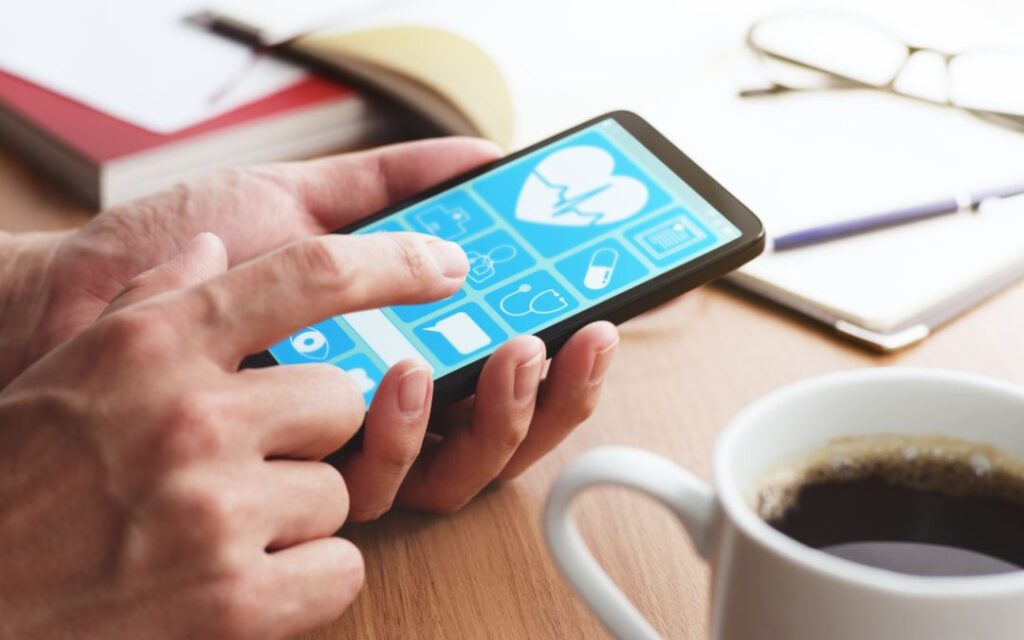For decades, patients have had limited options for accessing healthcare services, scheduling appointments, or even paying bills. The traditional healthcare journey for a patient looked something like the following scenario.
A prospective patient calls a receptionist to book an appointment. Unless the patient’s schedule is completely open, they have to go back and forth with the receptionist as the two parties try to find an available time slot to accept.
Once the patient arrives for their appointment, they’ll need to fill out several documents. Next, they waste precious minutes sitting around in a waiting room. Depending on the care they need and the details of their insurance policy, they receive a bill for services within a few weeks or months.
When it comes time to pay their bill, the customer may need to call the provider’s office again. This procedural inefficiency creates undue friction in the customer journey and leaves everyone out of sorts.
Fortunately, this scenario which is fraught with frustrating and time-consuming inefficiencies for the patient, provider and payer, can be greatly improved thanks to self-serve healthcare technologies that empower patients to retake control of their health journey. Self-serve technologies also have the propensity to improve healthcare outcomes and the care experience in general.
While technology in self-serve healthcare is quickly evolving, many provider companies are leading the way with technologies that help customers help themselves.
Download Part II of Northridge’s State of Customer Experience 2023 Research Report for more CX insights!
The Northridge Group needs the contact information you provide to us to contact you about our products and services. You may unsubscribe from these communications at anytime. For information on how to unsubscribe, as well as our privacy practices and commitment to protecting your privacy, check out our Privacy Policy.
Technologies Leading the Self-Serve Healthcare Revolution
Several notable technologies are reshaping the way patients interact with healthcare provider companies, including:
- Online bill pay platforms
- Chat and messaging systems
- Online appointment creation tools
- Patient portals that provide early access to test results
- Virtual visit software
Virtual visit software has become particularly popular in recent years. According to the CDC, 37% of adults were using virtual visits to address at least some of their healthcare needs by 2021.
Chatbots are also catching on in the healthcare industry. These automated information agents can walk patients through booking appointments, creating a patient portal profile, or checking test results. They can also answer basic questions so patients can avoid a call to their provider’s office.
According to recent data, 22% of consumers are twice as likely to use chatbots as other communication channels.
Healthcare providers are embracing these trends by adopting all-in-one practice management solutions that include customer relationship management software, electronic health record technology, and patient engagement tools.
Patients report benefits when they find providers that use these engagement tools. A recent survey by Northridge discovered that 49.3% of consumers were “very likely,” “likely,” or “somewhat likely” to leave a healthcare provider if they couldn’t access them digitally.
How These Technologies Are Enhancing the Customer Experience
Self-serve healthcare technology has been shown to impact the customer experience profoundly.
In a 2020 systematic review of patient experiences with healthcare technology, researchers reviewed and summarized more than 21 previous studies on technology and its effects on the healthcare customer’s journey. Customers who were provided with technology-enabled care (TEC) felt more empowered.
Providers that offered self-serve healthcare solutions also improved patient awareness of their treatment strategy and symptoms. This, in turn, led to increased confidence in the provider and the treatment protocols.
4 Things to Consider When Implementing Self-Service Technologies
- User experience: It is important to assess the user experience when implementing self-service technologies. This includes things like ease of use, accessibility, and overall user satisfaction.
- Data security: Self-service technologies often involve the collection and storage of sensitive personal and medical information, so it is important to ensure that industry standard and regulatory-compliant measures are in place to protect this data from unauthorized access or breaches.
- Interoperability and integration with existing systems: If the self-service technology is being implemented as part of a larger healthcare system, it is important to consider how it will integrate with and complement existing systems and processes.
- Cost and return on investment: It is important to carefully consider the cost of implementing self-service technologies and to ensure that they provide a positive ROI. Be guarded against the assumption that staffing costs will be permanently reduced. The more likely outcome is that your human capital may be refocused on more nuanced and complex customer service tasks.
The Northridge Group helps clients assess and implement self-service technologies to enhance the patient experience. To learn more, contact us.




